- Illumina HiSeq 3000 is the latest generation sequencing system that leverages innovative patterned flow cell technology to allow for sequencing of up to 6 genomes, 50 whole transcriptome samples, or 48 exomes per flow cell in fewer than 3.5 days and at a lower cost than the previous Illumina HiSeq 2500.
- Illumina NextSeq 500 is a desktop high-throughput next generation sequencing technology that allows for rapid sequencing of exomes, targeted panels, and transcriptomes. It is capable of completing a 75-cycle sequencing run in less than 12 hours, or paired 150-cycle reads in less than 30 hours.
- Illumina MiSeq is a next generation desktop sequencer that allows for focused sequencing applications such as targeted gene sequencing, metagenomics, small genome sequencing, targeted gene expression, amplicon sequencing and HLA typing. Pairing the commercial MiSeq reagents, the Illumina MiSeq is capable of performing 15 million sequencing reads for a total of 7.5 Gigabases, and 250 base-pair paired-end reads.
- cBot Cluster Generation System is a robotic fluidics module used to create DNA-containing flowcells for loading into HiSeq3000.
- Agilent Bravo is a robotic fluidics handling systems used to generate size-selected libraries.
- Roche LightCycler 480 is a real-time PCR system useful for array validation, gene-knockdown studies, and single nucleotide polymorphism analysis. It has 480 combined speeds and is capable of completing a 40-cycle, 384-well quantitative PCR run in less than 40 minutes with accuracy and format versatility.
- Fluidigm BioMarkHD with Juno Loader is a real time, microfluidic system suite designed to perform both quantitative PCR as well as genotyping reactions in nanoliter-scale reactions. This system has the capability of performing up to 9,216 reactions simultaneously at a fraction of the cost of traditional qPCR or genotyping reactions.
- Fluidigm C1 is a unique system designed to capture, lyse, and process nucleic acids from individual cells. With this instrument researchers have the ability to capture up to 96 individual cells followed by RNA, whole genome, or open chromatin library preparations.




